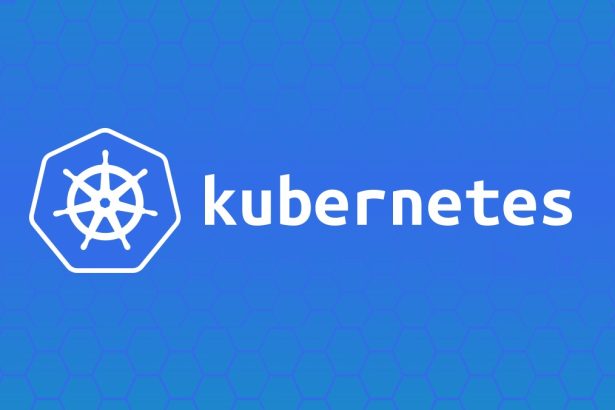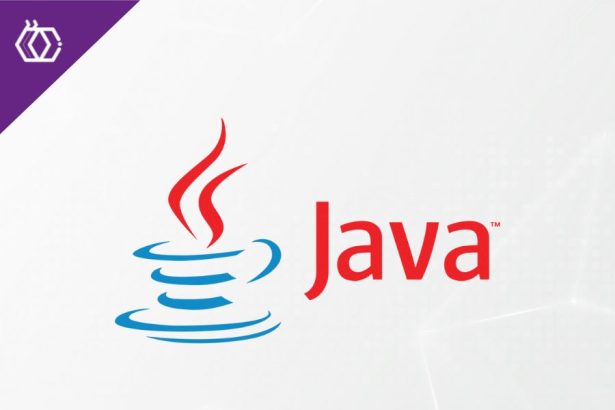Kubernetes (K8s) has transformed how organizations deploy, manage, and scale containerized applications. For IT professionals, developers, and anyone eyeing a career in DevOps, understanding Kubernetes is a non-negotiable skill in 2025. While Kubernetes might appear complex at first, starting with the right tools—Minikube, kubectl, and Helm—can streamline your learning experience.
This crash course takes you from zero to hero by exploring the basics of Kubernetes’ ecosystem and guiding you through using Minikube, kubectl, and Helm effectively. By the end of this post, you’ll have a strong grasp of using Kubernetes locally, managing resources with kubectl, and orchestrating applications with Helm.
Table of Contents
- What is Kubernetes, and Why Learn Minikube, kubectl, and Helm?
- Setting Up Your Local Kubernetes Environment with Minikube
- Mastering kubectl Commands
1. What is Kubernetes, and Why Learn Minikube, kubectl, and Helm?
Kubernetes (K8s) is an open-source platform that automates the deployment, scaling, and management of containerized applications. It’s crucial for cloud-native development and forms the backbone of modern DevOps workflows.
Why These Tools?
When venturing into Kubernetes, certain tools simplify your experience and help you gain hands-on expertise:
- Minikube: A lightweight tool to create a local Kubernetes cluster for practice and testing.
- kubectl: The command-line interface (CLI) for interacting with Kubernetes resources.
- Helm: The package manager for Kubernetes, simplifying deployment processes with pre-defined templates called charts.
Together, these tools make Kubernetes accessible even for beginners.
2. Setting Up Your Local Kubernetes Environment with Minikube
Minikube is the easiest way to run Kubernetes locally. It creates a single-node Kubernetes cluster on your laptop, allowing you to test and learn in a safe environment.
Steps to Install Minikube
1. Prerequisites
Before you install Minikube, ensure you have the following set up:
- Hypervisor: VirtualBox, HyperKit, or Docker.
- kubectl: Install
kubectlif you haven’t already. Use this command for installation on Linux/macOS:
curl -LO "https://dl.k8s.io/release/$(curl -L -s https://dl.k8s.io/release/stable.txt)/bin/linux/amd64/kubectl" chmod +x kubectl mv kubectl /usr/local/bin/
2. Install Minikube
Visit the official Minikube installation page for instructions based on your OS. For a quick terminal-based installation on macOS/Linux, use:
curl -LO https://storage.googleapis.com/minikube/releases/latest/minikube-linux-amd64 chmod +x minikube-linux-amd64 sudo mv minikube-linux-amd64 /usr/local/bin/minikube
3. Start Your Cluster
Once installed, start Minikube with:
minikube start
That’s it! You now have a functional Kubernetes cluster running locally.
Bonus Commands
View your cluster details:
kubectl cluster-info
Stop the Minikube cluster:
minikube stop
3. Mastering kubectl Commands
kubectl is the command-line interface (CLI) for working with Kubernetes resources. It lets you create, inspect, and manage components like Pods, Deployments, and Services.
Key Commands for Beginners
Here are some must-know kubectl commands to get started:
- View Nodes in Your Cluster:
kubectl get nodes
- List All Running Pods:
kubectl get pods
- Create a Deployment:
kubectl create deployment my-app --image=nginx
- Expose a Deployment as a Service:
kubectl expose deployment my-app --type=NodePort --port=80
- Delete a Deployment:
kubectl delete deployment my-app
Practical kubectl Use Cases
Monitoring Pods
Debug your application using:
kubectl describe pod <pod-name> kubectl logs <pod-name>
Scaling Applications
Scale your app to 3 replicas:
kubectl scale deployment my-app --replicas=3
4. Deploying Applications with Helm
What is Helm?
Helm simplifies managing Kubernetes applications by packaging configurations into charts. Think of Helm as a tool that bundles everything an application needs into one reusable package.
Why Use Helm?
- Eliminates manual YAML writing for deployments.
- Simplifies upgrades and rollbacks of applications.
Helm Quickstart Guide
1. Install Helm
To install Helm on Linux/macOS, use:
curl -fsSL -o get_helm.sh https://raw.githubusercontent.com/helm/helm/main/scripts/get-helm-3 chmod 700 get_helm.sh ./get_helm.sh
2. Deploy Your First Chart
Search for available Helm charts:
helm search repo nginx
Add the official Helm chart repository:
helm repo add stable https://charts.helm.sh/stable helm repo update
Use the following command to deploy the Nginx chart:
helm install my-nginx stable/nginx-ingress
3. View Installed Releases
Check all running Helm deployments:
helm list
4. Uninstall a Release
Remove the deployed Nginx Service:
helm uninstall my-nginx
5. Tips for Practicing Kubernetes Tools
- Start Small: Use Minikube for local practice—a single-node environment is ideal for learning.
- Learn YAML: Most Kubernetes configurations are written in YAML, so practice creating and editing these files.
- Follow Tutorials: Helm and Minikube have detailed guides on their official websites.
- Join Community Forums: Platforms like Kubernetes Slack and Stack Overflow Kubernetes are great for troubleshooting and learning.
- Leverage Certifications: Aim for Kubernetes certifications like the Certified Kubernetes Administrator (CKA).
6. FAQs on Minikube, kubectl, and Helm
1. Do I need to know Docker before using Kubernetes?
Yes, basic Docker knowledge is helpful because Kubernetes builds on containerization concepts.
2. Is Minikube suitable for production environments?
No, Minikube is ideal for local development and testing. For production, use managed Kubernetes services like GKE (Google Kubernetes Engine) or EKS (Amazon Elastic Kubernetes).
3. Can Helm manage application rollbacks?
Yes, Helm simplifies application rollbacks with a single command:
helm rollback <release-name> <revision>
4. What are the prerequisites for learning Kubernetes?
Familiarity with Linux commands, containers (Docker), and networking concepts is recommended.
Start your Kubernetes learning today! With Minikube, kubectl, and Helm, you’re equipped to build scalable and efficient applications fit for modern cloud-native environments.


